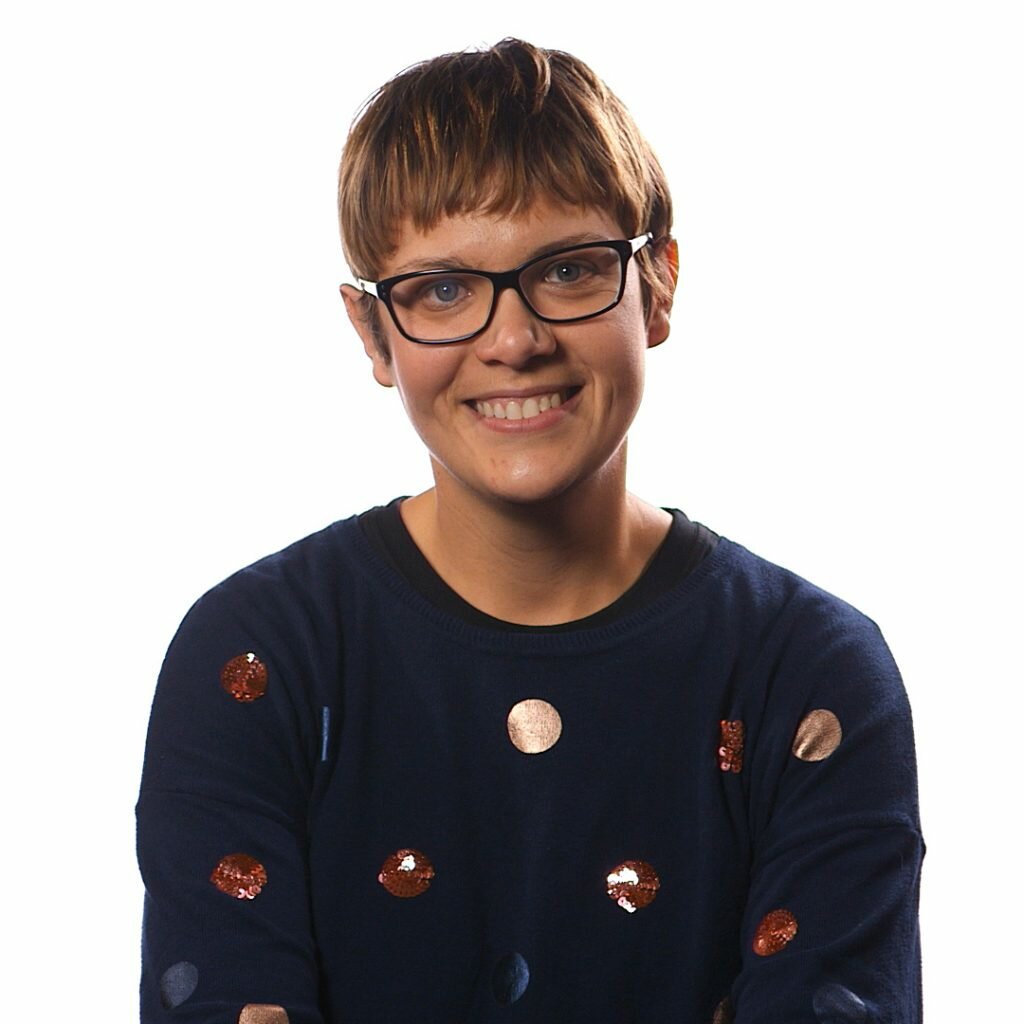Last updated February 5, 2018 at 4:40 pm
Genetic monitoring allows conservationists to prevent in-breeding of warru.

Warru (Petrogale lateralis). Image credit Thomas Schoch
Black-footed rock wallabies, or warru, once roamed widely through central Australia, but their numbers have dropped across much of their natural range, and many local populations have completely disappeared.
In South Australia, their distribution has declined a whopping 93 per cent, leaving them with only ~250 remaining wallabies across three sites in the far north-west on the Anangu Pitjantjatjara Yankunytjatjara (APY) Lands.
Captive breeding plan to save warru from extinction
As part of conservation efforts, a captive breeding population of warru were established at Monarto Zoo in 2011, with the aim of breeding individuals to release back out into the wild.
To establish this breeding population, wallaby joeys from the pouch were taken from the three APY lands sites, and cross fostered to captive warru.
The initial set up was a huge task.
“There are some serious logistics involved,” says Bec West, lead author of the study and scientific advisor to the Warru Recovery Team.
“In terms of flying pouch young straight to the zoo (in temperature controlled incubators) and having the surrogate mothers ready.”
So far 16 captively bred warru have been released back onto the APY lands, with the first release outside of a fence-protected area happening in May 2017.
While captive breeding is a useful tool for conservationists as a safeguard against extinction, it comes with it’s own limitations.
Captive breeding populations can suffer “genetic bottlenecks” due to low diversity. Taking animals from an already small population only compounds in-breeding problems.
Bec West and her colleagues investigated the genetic diversity of the existing populations at the three APY Lands sites, and of the captive breeding population at Monarto Zoo, to figure out how to best manage and conserve genetic diversity of the warru.
Captive breeding populations suffering from ‘genetic bottlenecks’
Genetic analysis of 205 wild and 28 captive warru revealed that the captive and re-introduced animals have lost significant diversity compared to the wild populations.
This has implications for how the captive groups are managed, with recommendations to continue to introduce genetic diversity from wild animals to the captive population.
“We have been busy putting the recommendations into practice.” says Bec West.
“If our continued genetic monitoring suggests we need to supplement diversity, then it is likely we would source one or two adult individuals from one of the more genetically different populations i.e. the group at Kaanka Mangka which we identified in our study.
“We trap this population every other year so would be able to use our capture mark recapture results in population viability modelling to make sure the number we sourced would not significantly affect the population.”
The Warru Recovery team consists of scientists and Indigenous Rangers.
Related content: Indigenous rangers protect country
“I feel completely privileged to get the opportunity to work on Anangu land on the APY Lands.” says Bec West.
“The traditional owners are so welcoming and supportive and keen to share their knowledge of warru and their country. Some of my favourite moments have been spent with the warru minyma (senior ladies who oversee the project), learning, telling stories, laughing/joking and sharing in the joy of seeing a warru pouch young in a reintroduced female pouch and realising that all of the hard work has paid off.”
The next stage of the research will focus on developing reintroduction protocols that will increase the chances of survival and successful establishment of the warru populations after release. This includes genetic monitoring, but also training the warru to recognise and avoid predators before being released, and how to control feral animals.
Research from: Conservation Genetics
Related
Using drones for conservation
Catastrophic science: de-extinction
The birth of the red kangaroo
Follow us on Facebook, Twitter and Instagram to get all the latest science.





























































































































































































































































































































































































































































































